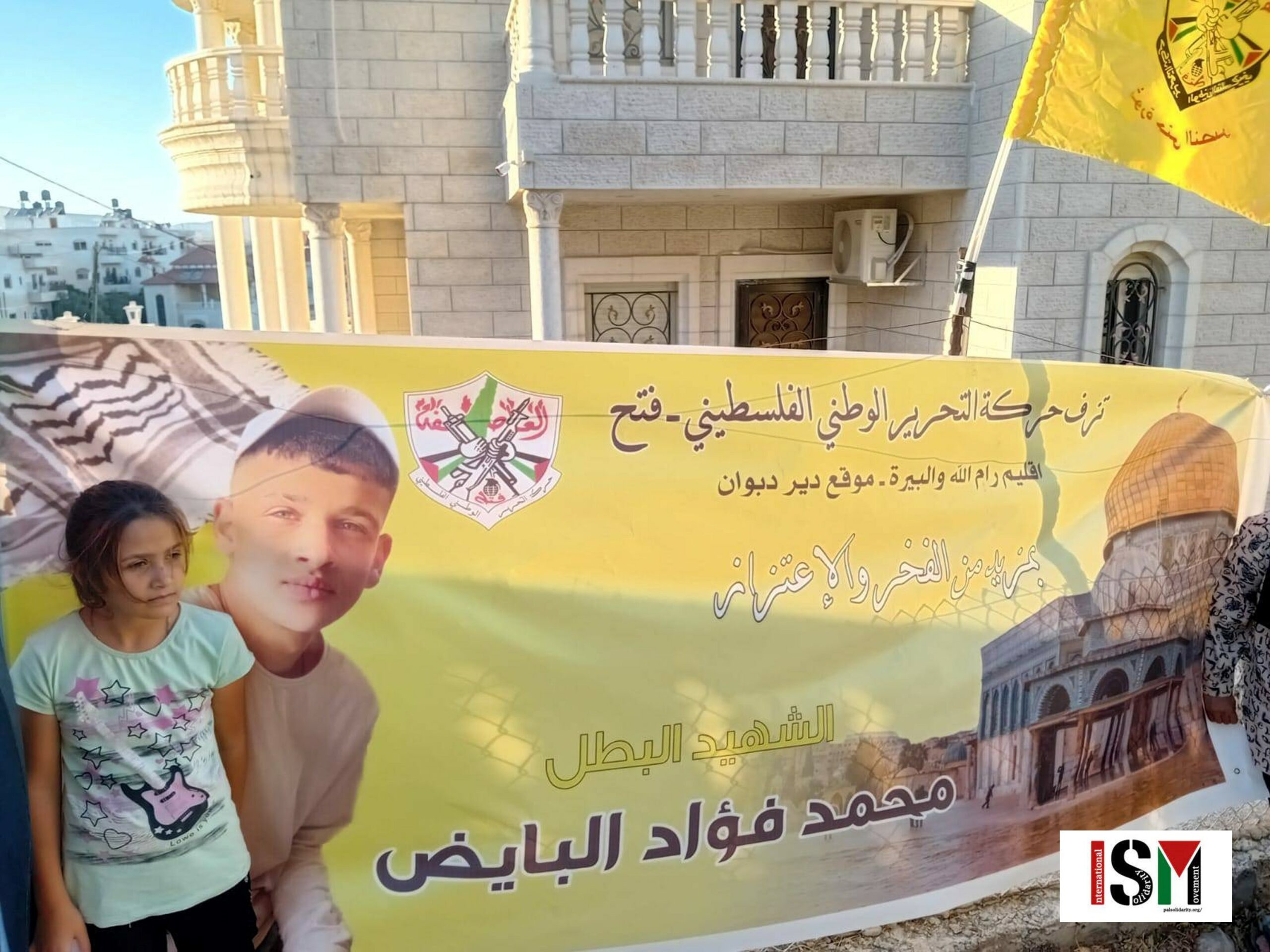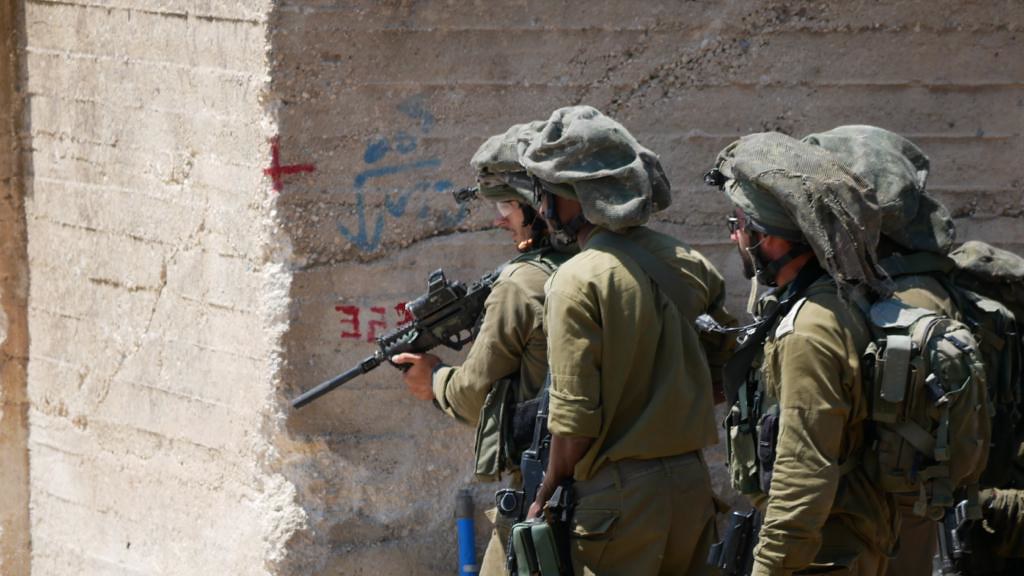Tag: Live Ammunition
-

Israeli Forces Kill Unarmed Teenager in Umsafa
On Friday 23rd July, Israeli occupation forces fatally shot Mohammed Fouad Atta Bayyed, 17, at a demonstration in Um Safa, a village north of Ramallah which, for the past few months, has been marked by increased settler violence and encroachment. With at least hundreds of Dunams of land confiscated by the Israelis for the purpose…
-

On the 71st week of the Great March of Return, the world forgets while Gazans remember
August 25, 2019 | International Solidarity Movement | Gaza, occupied Palestine Eleven consecutive weeks of protests in Hong Kong have captured the focus of online commentators, heads of state, and global media. In France, 39 weeks of protests by the Yellow Vests movement continues to garner widespread interest. In the US, Occupy Wall Street is…

